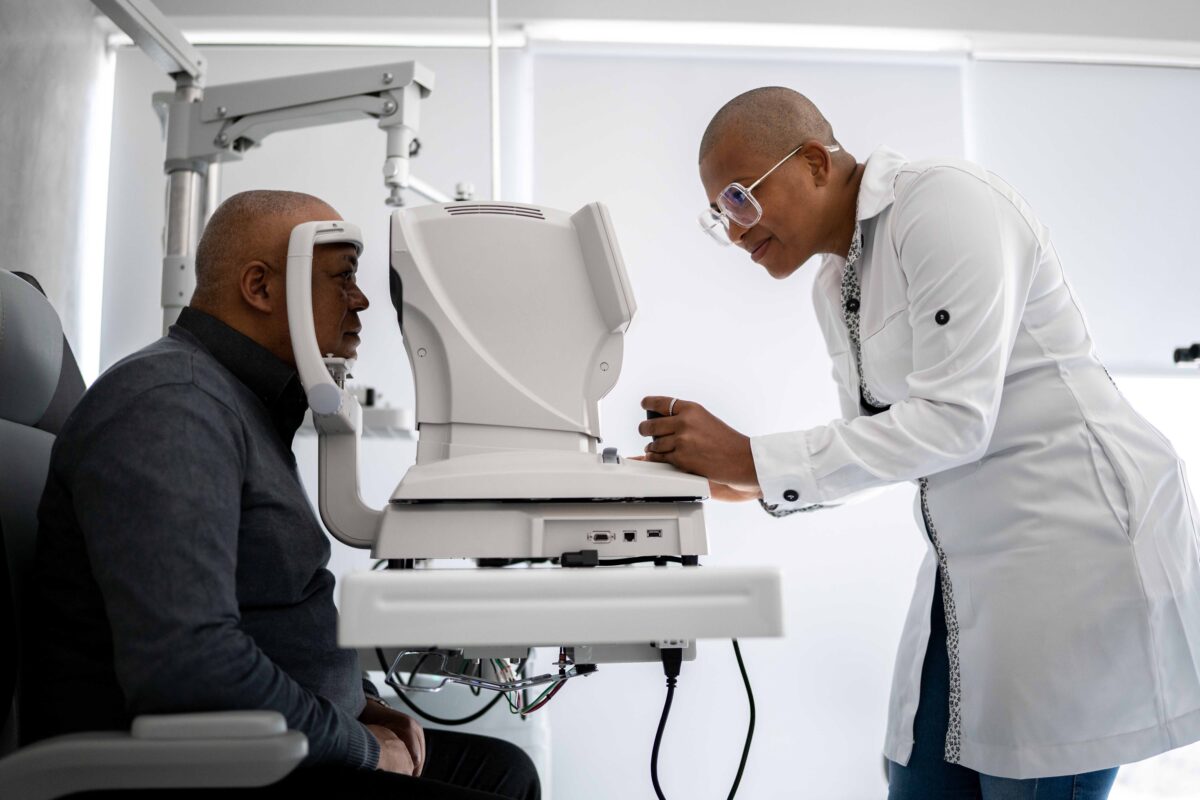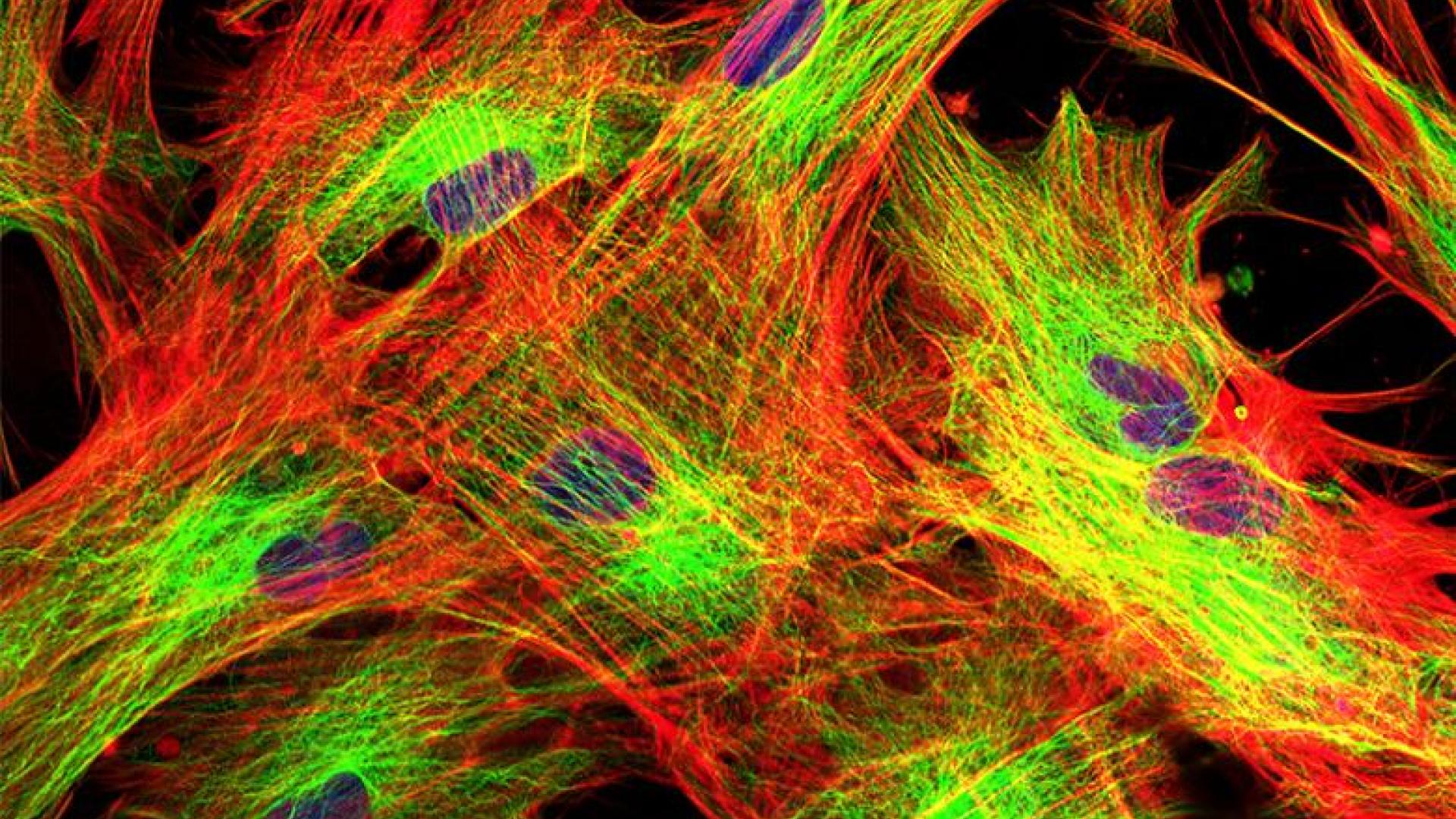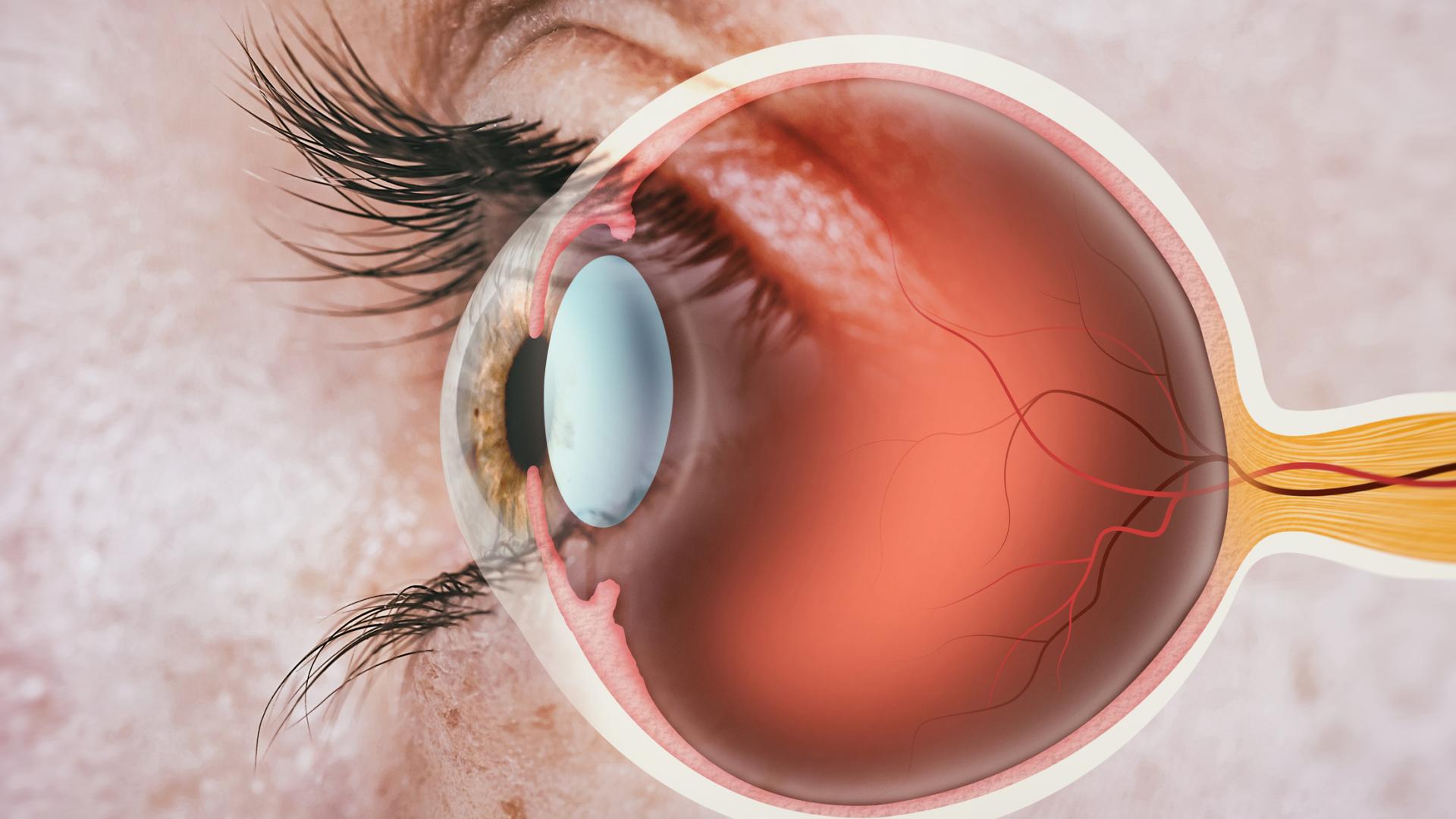Glaucoma: Facts & Figures
More than four million Americans are living with glaucoma, over 2 million of whom—aged 40 and older—are affected by its most common form, open-angle glaucoma.

What is glaucoma?
Glaucoma is a group of eye disorders that have few symptoms in their early stages but eventually lead to damage of the optic nerve (the bundle of nerve fibers that carries information from the eye to the brain), which can lead to vision loss or complete blindness.
Because the disease often has no early symptoms, early detection is the best way to reduce the risk of permanent vision loss.
Glaucoma is a leading cause of irreversible blindness in the U.S. and the world.1, 2
- More than four million Americans are living with glaucoma, over 2 million of whom—aged 40 and older—are affected by its most common form, open-angle glaucoma.3-5
- Blindness or low vision affects 3.3 million Americans aged 40 and above.6
- There are 80 million people worldwide with glaucoma, and this number is expected to increase to over 111 million by 2040.7
- Glaucoma costs the U.S. economy $2.86 billion every year in direct costs and productivity losses.8
Glaucoma disproportionately impacts African Americans and Hispanics in the U.S.4-6
- Open-angle glaucoma is three to four times more common in African Americans than in non-Hispanic whites and is the leading cause of blindness in African Americans.9-18
- Glaucoma prevalence rises rapidly in Hispanics over age 65.22
- Prescription eye drops could reduce African Americans’ risk of developing glaucoma by half.24
Glaucoma can develop slowly and often has no early symptoms.
- The most common types of glaucoma often have no symptoms until irreversible damage to the eye has already occurred and vision loss has begun. That’s why glaucoma is sometimes called the “sneak thief of sight,” and why regular screening and early detection are so important.
- As many as half of people living with glaucoma may not be aware they have the disease.20-23
There are two main forms of glaucoma: open-angle and angle-closure.
- Open-angle is the most common form of glaucoma and affects approximately 95% of individuals.
- Open-angle glaucoma initially has no symptoms. At some point, side (peripheral) vision is lost and without treatment, an individual can become blind.
Angle-closure glaucoma comes in two forms: acute and chronic.
- Acute angle-closure glaucoma occurs when the normal flow of aqueous humor between the iris and the lens is suddenly blocked. Symptoms may include severe pain, nausea, vomiting, blurred vision, and a rainbow halo appearing around lights. Acute angle-closure glaucoma is a medical emergency that must be treated immediately, or blindness can result in one or two days.
- Chronic angle-closure glaucoma progresses slowly and can produce damage without symptoms, similar to open-angle glaucoma.
Regular eye exams are needed for a proper diagnosis and to prevent optic nerve damage.
- Early detection is the best way to reduce your risk of permanent vision loss. A comprehensive eye exam is the only way to diagnose glaucoma early on.
- Eye doctors use several tests to detect glaucoma, including visual acuity tests, visual field tests, dilated eye exams, tonometry, pachymetry, ophthalmoscopy, gonioscopy, and optic nerve imaging.
- Those at high risk for glaucoma should have a dilated eye exam, including a visual field test, at least every one to two years or as directed by a doctor.
High eye pressure does not cause glaucoma; it is only a risk factor.
Optic nerve damage usually occurs alongside high eye (intraocular) pressure. However, glaucoma can be diagnosed with normal or even lower-than-normal eye pressure. Strong risk factors for open-angle glaucoma include:
- High eye pressure
- Family history of glaucoma
- Age (40 and older for African Americans and 60 and older for the general population)
- Thin cornea
- Suspicious optic nerve appearance with increased cupping (the size of the cup, the space at the center of the optic nerve, is larger than normal)
Potential risk factors for open-angle glaucoma include:
- High myopia (very severe nearsightedness)
- Diabetes
- Eye surgery or injury
- High blood pressure
- Use of corticosteroids (for example, eye drops, pills, inhalers, and creams)
Other forms of glaucoma include normal-tension, congenital, juvenile, and secondary.
Secondary glaucoma can be open or closed-angle and results from another medical condition in the eye or body. Examples of secondary glaucoma include pseudoexfoliation syndrome, neovascular, pigmentary, and iridocorneal endothelial syndrome (ICE syndrome).
Treatments can prevent vision loss.
There is no cure for glaucoma. However, the disease can be controlled through early diagnosis and treatment before vision loss or blindness occurs.
- Treatments for open-angle glaucoma include medications, usually eye drops, to help eye fluid drain more effectively or lessen fluid production; laser surgery; and conventional surgery.
- New research is focused on lowering pressure inside the eye; finding medications to protect and preserve the optic nerve from the damage that causes vision loss; and exploring the role of genetic factors.
- The average direct cost of glaucoma treatment ranges from $623 per year for patients with early-stage glaucoma to $2,511 per year for end-stage patients.25
Related Resources
Related Resources & Information

Expert Information
Can Stem Cell Treatments Cure Glaucoma?
In clinical trials, stem cell therapy for glaucoma shows promise for rebuilding the eye’s drainage system and protecting the optic nerve.

Glaucoma Chats
What I Wish I Knew About Glaucoma: Your Top Questions Answered
In this chat, Dr. Poonam Misra addresses some of the most common questions listeners have shared over the past year—from treatment options and lifestyle considerations to the latest educational resources.

Glaucoma Chats
Dry Eye and Glaucoma
Dr. Astrid Werner explains what causes dry eye, how to recognize the symptoms, and effective treatment options—including preservative-free drops, artificial tears, and eyelid care routines.

Story
Paying Forward the Benefits of Research
Meet Richard, a loyal donor to BrightFocus' National Glaucoma Research and Macular Degeneration Research programs.

Glaucoma Chats
Can We Restore Vision Loss from Glaucoma? What the Research Says
Join us for a fascinating conversation with Dr. Lucy Q. Shen as we explore cutting-edge research into restoring vision loss from glaucoma.

Downloadable Resource
The Top Five Questions to Ask Your Eye Doctor
Preparing ahead of time can help you best manage your vision health. Here are some questions you can take along when you visit the eye doctor.


